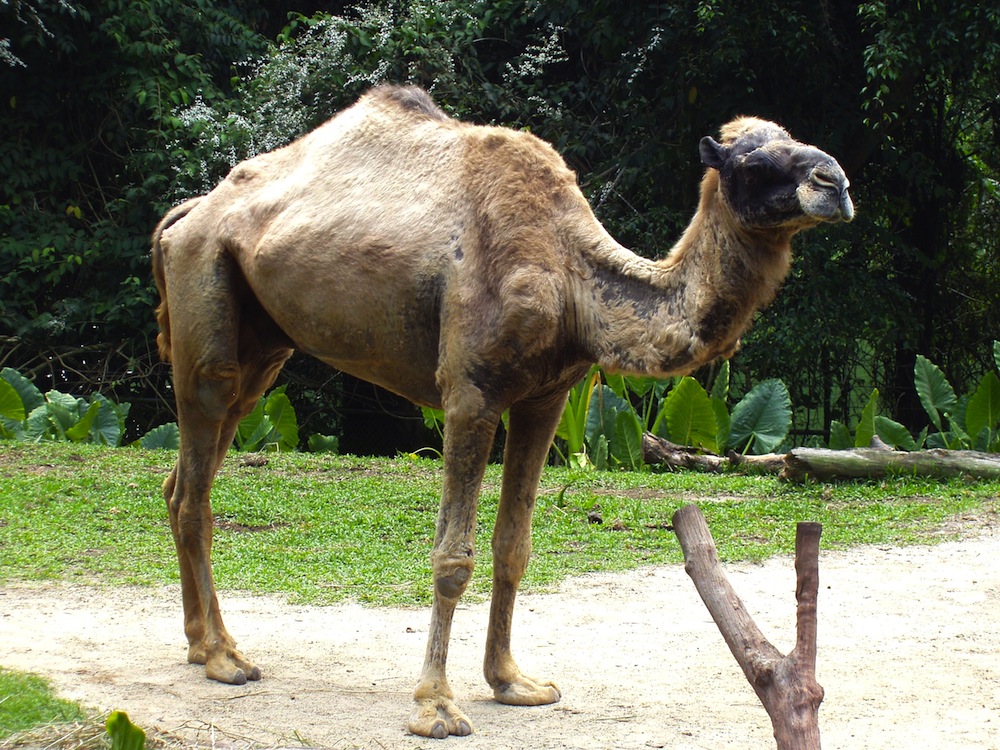Camels and their relatives, llamas, guanaco, alpaca, vicuna, dromedary camels, and bactrian camels produce methane, a greenhouse gas that is more than 20 times more than carbon dioxide. However, it produces significantly less than ruminants such as cattle, sheep and goats. 11th. 2014г. Camels are native to Africa, the Middle East and Asia and have been used for centuries as working animals to carry people and tools through the desert. They could carry up to 600 pounds, ran up to 25 mph and earned the nickname "Desert Ship". Camels are herbivores and eat almost anything that requires photosynthesis to survive. If you're looking for a more specific answer, twigs, shrubs, trees, cacti, thorny plants, seeds, desert bushes, grains, straw, hay, date stones, etc.
spana.org Изображение: spana.org Camels emits methane, a powerful greenhouse gas. It absorbs and emits radiation from the sun and warms the earth. It stays in the atmosphere with a much shorter stint than carbon dioxide, but is about 21 times more powerful than carbon dioxide. ..
How much do you know about camels?
1 Their hump causes them to store up to 80 pounds of fat, which allows them to survive for weeks and even months! When the two camels finally find water, he can drink up to 40 gallons at a time. Three camels are very strong and can carry up to £ 900 for 25 miles a day. Four camels can travel up to 40 mph. This is the same as a racehorse. Other Items
How many gallons of water does a camel drink a day?
When a camel finally finds water, he can drink up to 40 gallons at a time. Camels are very strong and can carry up to £ 900 for 25 miles a day. Camels can travel up to 40 mph – the same as racehorses! The mother camel carries the calf up to 14 months before her birth.
What do camels eat?
Camels eat short grass, thorns, salty plants and fish. Contrary to common belief, camels actually store fat in their humps instead of water and can go for months without eating. However, he consumes a lot of water.
Do camels store water in their humps?
However, the camel serves this purpose through roundabout means, but as is generally believed, he does not store water in the hump. The camel's hump is a reservoir of adipose tissue, but water is stored in the blood. However, when this tissue is metabolized, it is not only a source of energy, but also produced by the reaction with oxygen.
Is the camel gas-like?
Camel Conundrum Methane comes from the digestive system and uses microorganisms in multiple stomachs to break down carbohydrates like starch. The decomposition process makes carbohydrates digestible, but releases methane in the belching and flatulence of animals. 2011
Do camels burp methane?
Ruminant livestock – cattle, sheep, buffalo, goats, deer, camels – have a proventriculus (or lumen) that contains microorganisms called methanogens. Digestion (intestinal fermentation): This methane is released into the atmosphere by .26окт. 2021
Which animal emits very little methane?
Camels emit less methane than cattle and sheep. Summary: When digesting ruminants, it exhales methane. Their contribution to this global greenhouse gas is considerable. 2014
How much methane does alpaca produce?
AnimalEnteric Methane (CO2eGg / year) Donkey / Mule 2890.06 Ms / Ostrich 737887.75 Alpacas 20660.43 Camel 18461.78

Below you will find two helpful answers on a similar topic. 👇
Do humans fart methane?What is the most flatulent animal?
